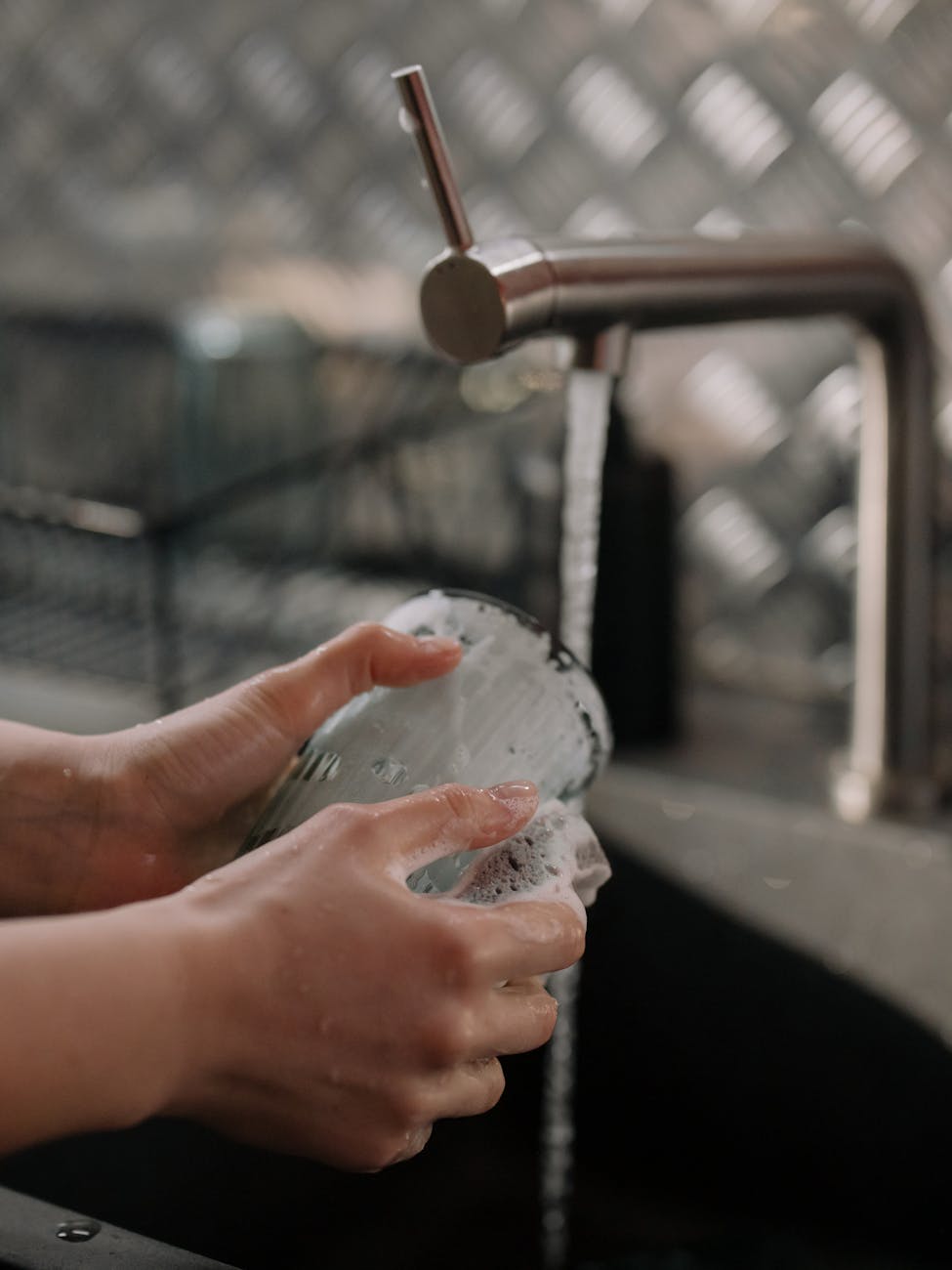Introduction: Understanding Tap Water Safety
The safety of tap water is a topic that sparks plenty of discussion around the world. While modern water systems strive to deliver clean, drinkable water straight to the faucet, questions and doubts persist in many communities. Concerns often focus on the possibility of hidden contaminants, outdated infrastructure, or inconsistent quality. Myths about tap water safety also circulate frequently, leading to confusion over whether tap water is actually safe to drink.
Grasping the facts surrounding tap water safety means knowing how water is tested, treated, and maintained from the original source through the delivery system. There are many factors that play a role in the overall quality of the water, including natural sources, local regulations, and home plumbing. This post will delve into what happens to tap water before it reaches the glass, outline the most common contaminants that can sometimes appear, and provide guidance on checking and improving water safety at home. Exploring these topics can help clear up misconceptions and empower readers to make informed decisions about their water consumption.
How Is Tap Water Treated and Regulated?
Ensuring high tap water safety starts long before water ever pours from the faucet. Municipal water treatment facilities utilize several key processes to deliver safe drinking water to homes and businesses. The journey typically begins with sourcing water from reservoirs, lakes, rivers, or underground aquifers. Once collected, this raw water undergoes a series of treatment steps designed to eliminate impurities and harmful microorganisms.
Filtration is a fundamental step, where suspended particles such as silt, debris, and certain pathogens are physically removed using sand, gravel, or other filtration media. After filtration, disinfection methods like chlorination or ultraviolet light help neutralize bacteria, viruses, and other microorganisms that could pose a health risk. Coagulation and flocculation are additional chemical processes often employed to aggregate small contaminants for easier removal.
Tap water safety is also safeguarded through strict regulatory oversight. In the United States, the Environmental Protection Agency (EPA) sets comprehensive standards under the Safe Drinking Water Act. This legislation mandates frequent water quality testing and reporting, targeting potential contaminants ranging from heavy metals to microbial threats. State and local agencies enforce these regulations at the community level, working alongside water utilities to maintain ongoing compliance with federal benchmarks. Through these coordinated efforts, the goal is always to provide reliable and safe tap water for daily use.
Common Contaminants Found in Tap Water
Understanding what’s in tap water is essential for anyone concerned about tap water safety. While municipal water systems are designed to remove harmful substances, various contaminants can still make their way into the supply. One of the most widely discussed is lead, which often enters water through aging pipes or household plumbing. Even low levels of lead exposure can pose health risks, particularly for young children and pregnant individuals.
Another frequent element in tap water is chlorine, used by water treatment facilities to disinfect and kill bacteria. While chlorine helps control harmful microbes, its presence can give water a distinctive taste and smell. In some cases, chlorine byproducts, known as disinfection byproducts, may also present health concerns with prolonged exposure.
Agricultural chemicals, such as pesticides and herbicides, can seep into groundwater or rivers from farm runoff. These substances may persist in the environment and make their way into tap water, potentially leading to unwanted long-term health effects with repeated ingestion.
Microbial contaminants, such as bacteria, viruses, and parasites, pose another risk, especially if there is a breakdown in the water treatment process or contamination occurs after water leaves the treatment plant. While treatment typically removes these organisms, occasional violations or infrastructure problems can lead to outbreaks of waterborne illnesses.
Other contaminants that may periodically appear in tap water include nitrates, pharmaceuticals, and heavy metals, all of which can enter water supplies from industrial activities, agricultural sources, or improper waste disposal. Monitoring water quality and understanding the source of these contaminants is key to maintaining tap water safety.

How to Evaluate the Tap Water in Your Area
Assessing tap water safety in any locality begins with accessing the most recent water quality reports, often called Consumer Confidence Reports (CCRs) in the United States. These reports are released annually by local water suppliers and present information about sources, treatment processes, and detected contaminants. To find a report, visit the local utility’s website or contact city officials. Some public databases and environmental groups also maintain searchable records based on ZIP codes.
Understanding key terms within these water quality reports is crucial. Look for figures relating to contaminants such as lead, disinfection byproducts, and microbial pathogens. Reports typically list the measured levels alongside national standards set by agencies like the EPA, so comparing these values is an effective way to judge compliance and tap water safety. Watch for any violations, as these may indicate periods where the supply did not meet regulatory requirements.
Beyond official documentation, sensory cues can serve as warning signs of poor water quality. Unusual odors, cloudy appearance, discoloration, or persistent taste issues may signal contamination or infrastructure problems. While changes in taste or smell do not always mean the water is unsafe, they should not be ignored, especially if unexplained or prolonged. In these cases, consider home water testing for peace of mind.
Combining official data, personal observation, and periodic at-home testing offers a comprehensive approach for tracking the safety of tap water. Staying vigilant ensures timely action and promotes overall health at home.
Practical Strategies to Enhance Tap Water Safety at Home
Ensuring tap water safety at home becomes easier with a combination of simple steps and routine maintenance. One of the most effective ways to reduce potential contaminants is by installing a certified water filter. Water filters are available in various forms, from pitcher-style options to under-sink systems, and can target specific pollutants like lead, chlorine, or microbial pathogens. Always select a filter that meets NSF/ANSI standards for the contaminants of concern in the local water supply for optimal results.
Allowing cold tap water to run for several minutes before use, especially after periods of stagnation, can help flush out accumulated metals or residues from plumbing. This practice is especially important in older homes where pipes may contain lead or copper. Regularly cleaning faucet aerators and showerheads can also prevent the buildup of debris and bacteria, further supporting tap water safety.
Periodic maintenance is vital for keeping home plumbing in good condition. Replace filters according to manufacturer instructions and inspect pipes for signs of corrosion or buildup. If water quality issues persist or if there are known contaminants in the municipal supply, consider opting for bottled or professionally filtered water, particularly for drinking and cooking. By integrating these measures, maintaining a higher level of water quality at home is achievable.

Understanding tap water safety is a crucial step toward maintaining a healthy lifestyle and protecting the well-being of loved ones. Throughout this guide, several aspects of water safety have been explored, including common contaminants, local regulations, and ways to improve water quality at home. By being aware of how tap water is treated and monitored, and what contaminants might occasionally be present, it becomes easier to make educated decisions about drinking water sources.
Accessing and interpreting local water quality reports offers valuable insights into potential risks, while recognizing warning signs such as unusual taste, odor, or color can prompt timely action. Implementing practical solutions, like using certified water filters or performing routine plumbing maintenance, further strengthens household tap water safety. In situations where concerns persist, opting for bottled or professionally filtered water may serve as a temporary alternative.
Staying informed on tap water quality and remaining proactive helps minimize health risks and ensures peace of mind. Making a habit of reviewing water quality updates and best practices is a simple but effective way to contribute to a safer environment. Ultimately, taking charge of drinking water choices is one of the most significant steps toward a healthier future.
